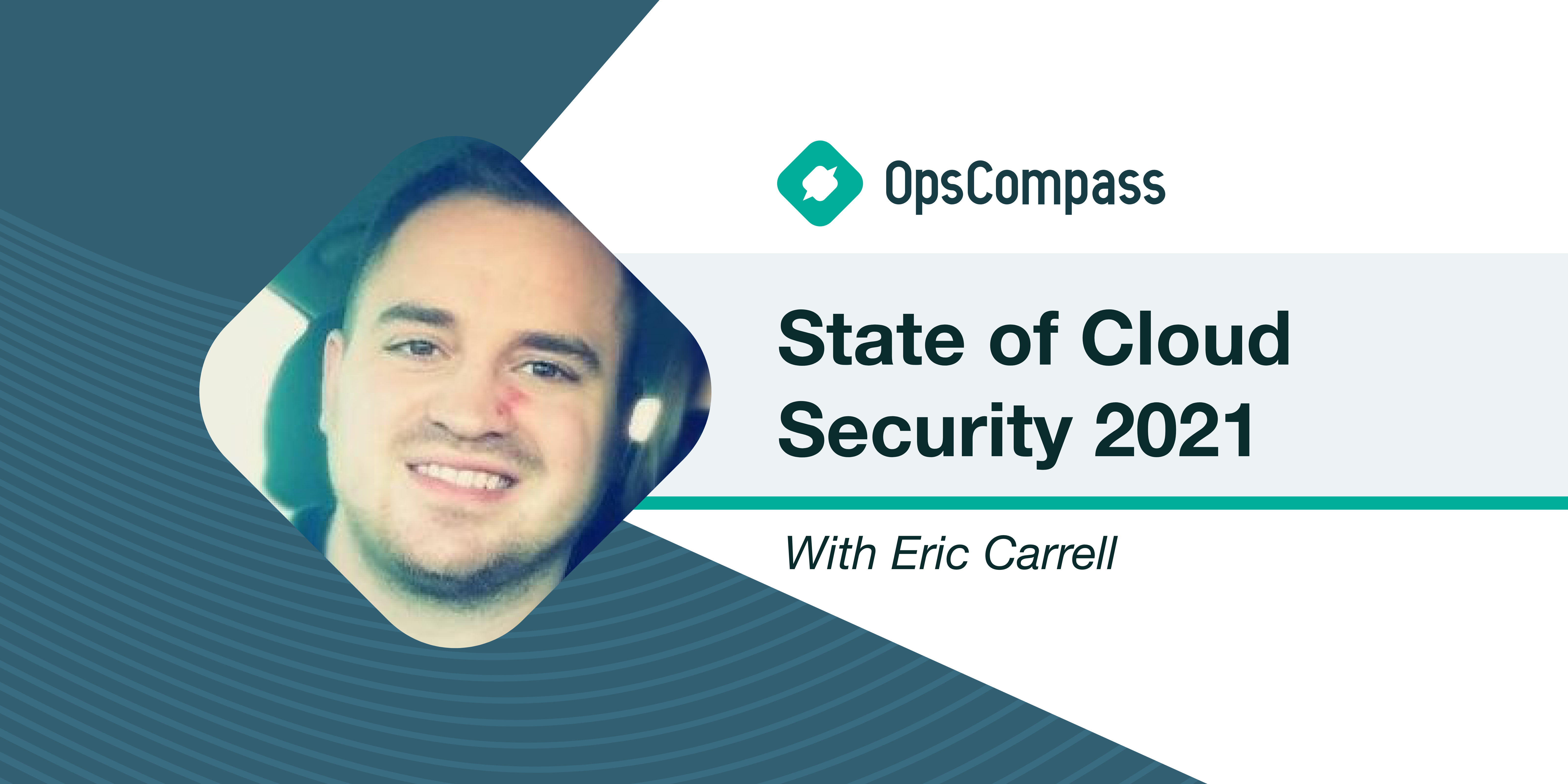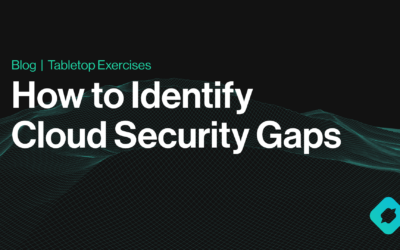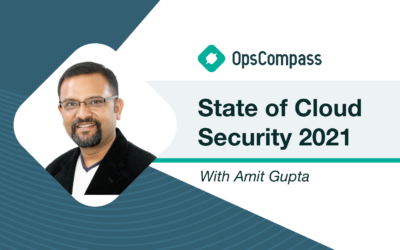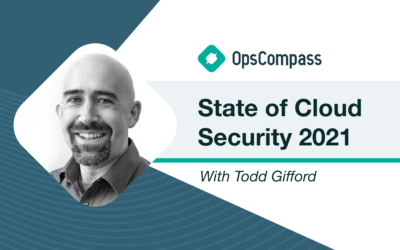This article is part of our State of Cloud Security 2021 Series which interviews a diverse mix of cloud security experts, design-makers, and practitioners with a goal of better understanding their perspectives on the current state of and future of cloud security.
The following is an interview OpsCompass CTO, John Grange recently had with Eric Carrell, Chief Marketing Advisor at SurfShark.
JG: What is the state of cloud security today?
EC: The use of cloud services has risen steadily during the last ten years. Especially in the aftermath of the COVID-19 public health disaster. Many organizations’ digital revolutions have been accelerated to allow employees to work from home, as they struggle to accommodate a primarily remote workforce. The need for additional security solutions to boost public cloud security will grow as the cloud environment becomes more complicated.
Organizations are turning to security solutions to supplement their workforce in the face of complicated environments, a scarcity of security personnel, and a general lack of cloud knowledge. Proactive risk detection and automation are three of the top four features that businesses strive for in security management software.
JG: What are the most common challenges organizations face when it comes to cloud security today?
EC: Limited Cloud Usage Visibility
When an organization lacks the ability to view and assess whether cloud service use within the business is safe or malicious, it is said to have limited cloud usage visibility. This topic is divided into two distinct tasks.
- Un-sanctioned App Use: This happens when employees use cloud applications and resources without the consent and support of the company’s IT and security departments. As a result of this scenario, a self-supporting paradigm known as Shadow IT emerges. When unsecured cloud services activity violates business policies, it is dangerous, especially when important corporate data is involved.
- Sanctioned app misuse: Organizations are frequently unable to assess how their approved apps are being exploited by insiders who use sanctioned apps. This is frequently done without the company’s authorization, or by external threat actors that use methods like credential theft, SQL injection, and DNS attacks to target the service.
JG: What lessons can be learned from the biggest cloud-related breaches of 2020?
EC: Don’t Rely Solely on Cloud Backups.
Data backup to the cloud is common practice, but because backups are connected to certain other systems and networks, the information they contain might be compromised as well. Ransomware groups have been known to clone and erase cloud backups in order to gain more influence over their victims while seeking to extort money.
Services like OneDrive and SharePoint should not be considered immune to attacks since they can automatically sync content from infected devices to the cloud.
Organizations could also learn from the example of Arizona Beverages, an American drinks company that was targeted by ransomware only to realize that its backup systems were incorrectly configured. The corporation is said to have lost millions of dollars as a result of this negligence.
JG: What are 3-5 pieces of advice for organizations looking to improve their cloud security in 2021?
EC: Improve Cloud Computing Security by Managing User Access
The majority of employees do not require access to every application, piece of data, or file. With an IAM plan, you can ensure that each person can only see or change the applications or data that they need to complete their job.
Assigning access control not only protects you against hackers who have stolen an employee’s credentials, but also prevents an employee from mistakenly modifying information that he or she isn’t authorized to access.
It’s also worth noting that numerous regulatory compliance standards, like HIPAA, FINRA, and others, call for these kinds of security safeguards.
If a high-ranking employee is duped by a phishing email and unwittingly supplies their log-in information to your private cloud, the hacker now has the keys to all your kingdoms! If you don’t have the time or talent in-house to manage this user visibility and control, hire a qualified IT consultant to help you get it set up effectively.
JG: What’s the future of cloud security?
EC: SASE is Gaining Traction Among Corporations.
Secure Access Service Edge is a framework for enabling rapid and safe cloud adoption, as well as ensuring that people and devices may access apps, data, and services from any location and at any time. The pandemic, which has compelled a large number of individuals to work from home, has sparked interest in technology.
SASE is the VPN of the future. It combines several of the VPN’s access features with many of the CASB’s cloud capabilities. A user only needs to go via one client and one authentication mechanism to access an Office 365 app, Salesforce.com, or an inventory application in the enterprise data center.
A cloud service like SASE is also easier to scale than a VPN gateway. It makes more sense to supply security from a point of presence closer to where they’re working rather than a data center at corporate headquarters for those who work from home.
It’s faster since it’s done closer to the user, rather than going through a VPN to the enterprise to be protected and then back to the user. It’s also beneficial for the company because a cloud service allows you to have a single policy on the cloud rather than managing hardware at each of the company’s locations.





